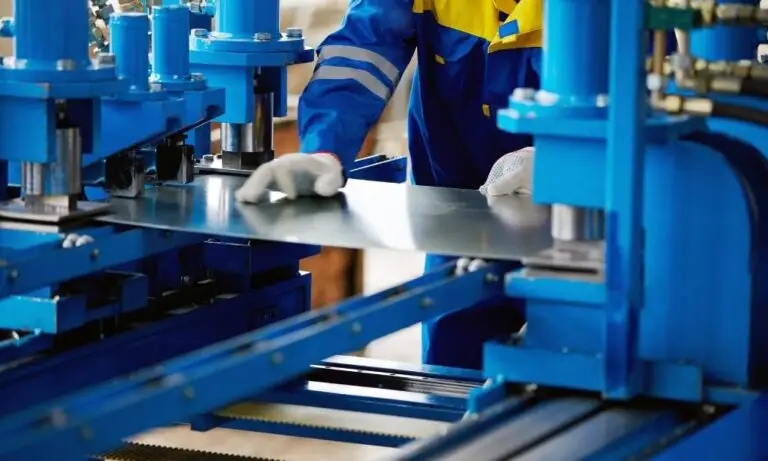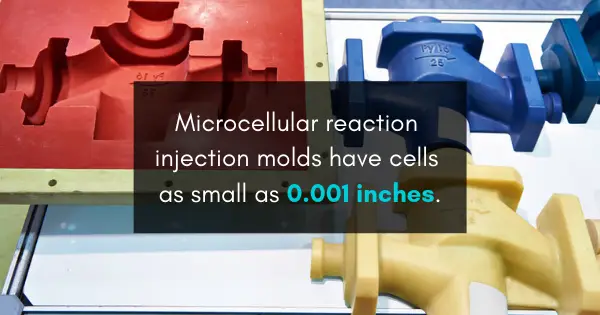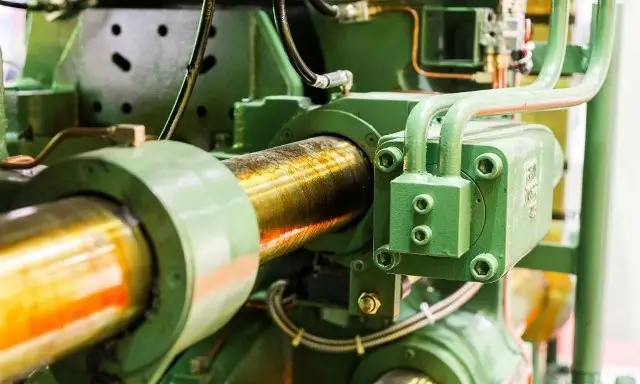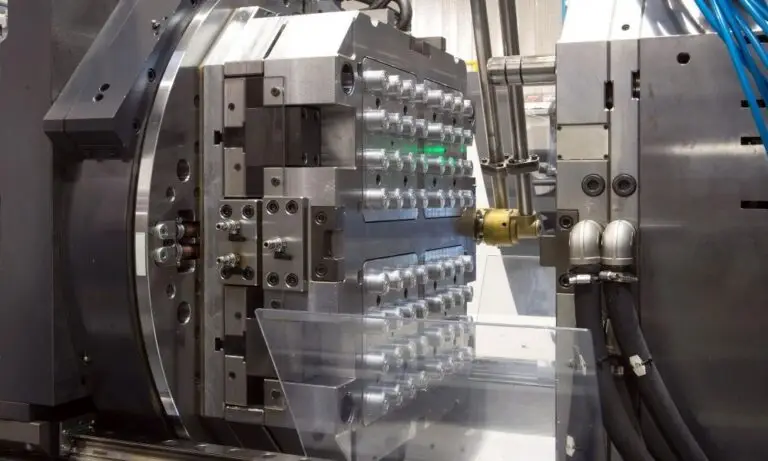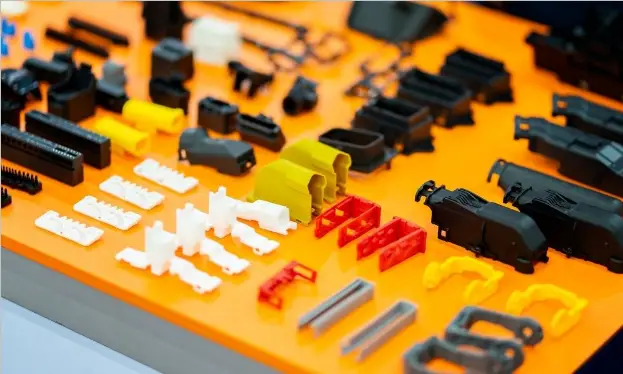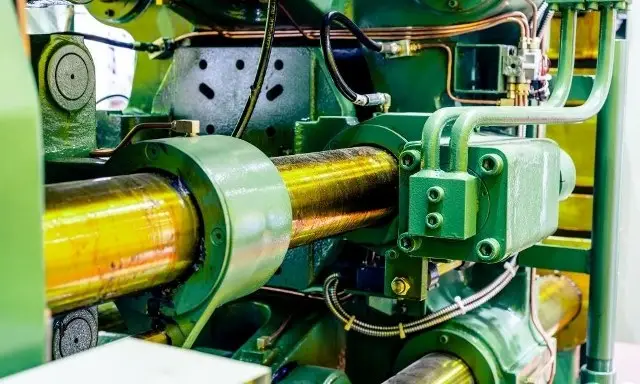OVERMOLDING IN THE MEDICAL DEVICE INDUSTRY
Creating medical devices for a wide variety of applications often requires the use of a manufacturing method that allows you to insert a component into the molded part. Doing so offers several benefits such as improved sanitation, reduced risk of intellectual property theft, and increased part strength. Reaction injection molding is one of the most effective manufacturing methods for encapsulating materials without harming sensitive components often included in medical devices. For more information regarding encapsulating and overmolding in the medical device industry, consult this comprehensive guide.
DIFFERENT METHODS FOR MEDICAL INSERT MOLDING
When designing parts, there are many different ways you can insert an item inside. Three of the most used methods for molding items into products include medical overmolding, potting, and encapsulation. At Rimnetics, we focus on encapsulation and overmolding. While many people view encapsulation, potting, and overmolding as synonymous processes, they have slight yet distinct differences that set them apart from one another; you should consider these when choosing a part molding process. Below, we will discuss how each of these processes differ.
HOW ENCAPSULATION IS DIFFERENT FROM THE POTTING AND OVERMOLDING PROCESSES
– Potting – Potting is a commonly used manufacturing process that involves submerging or concealing an electronic assembly into a part using a compound material. During this process, the shell that is filled with resin ultimately becomes a part of the completed component.
– Overmolding – The Overmolding is a process which involves seamlessly molding one or more materials into another material to form a single part. In most cases, the substrate is fully covered by the overmold materials during the process. While multiple molded parts are combined into a single product and permanently joined together, the overmolding process may or may not involve full encapsulation.
– Encapsulation – Encapsulation involves coating or entrapping a component or material within the molded resin. Unlike potting, the component and hardened resin are ultimately removed from the mold. A shell is not needed as the molded part itself becomes the integral part of the encapsulation.
THE VALUE OF ENCAPSULATING AN ITEM INTO A RIM PART
Reaction injection molding in the medical device industry provides a unique opportunity to encapsulate parts. Encapsulation is only possible with reaction injection-molded parts because of the lower temperature and pressure in the RIM process. Such low pressures and temperatures of the polyurethane molding resin allow items to be encapsulated without harming their interior components. Even sensitive items such as circuit boards, batteries, and antennas can be encapsulated in reaction injection molded parts while maintaining the same level of functionality.
In addition to the low temperature and pressure that reaction injection molding occurs at, it is also worth mentioning RIM’s low viscosity in relation to its encapsulation abilities. When you use other common molding processes such as injection molding, a paste with a thick consistency similar to that of peanut butter is injected into a mold. The thickness of the paste often damages items that the manufacturer may attempt to overmold or encapsulate. Because reaction injection molding involves injecting a liquid with a consistency similar to motor oil rather than thick peanut butter at a lower temperature and pressure, without damage, wear, and tear is inflicted on the items being encapsulated.
BENEFITS OF ENCAPSULATING OR OVERMOLDING IN THE MEDICAL DEVICE INDUSTRY
There are many instances where overmolding or encapsulating an item into a part is highly beneficial to the medical device industry. Below, we will discuss some of the most notable advantages that encapsulation provides for medical devices.
Molding and Sanitation
One example of the benefits of the encapsulation process is if you’re creating a medical device for a hospital environment and there is a door on the device cart that needs to latch. In such a case, it is important to minimize the presence of seams and grooves as much as possible. Such cracks and ridges often trap and collect germs and dirt. To avoid such crevasses that can create an unsanitary situation, manufacturers can overmold or encapsulate magnets that can hold the door closed directly into the part.
Encapsulation for Wireless Applications
Another example of how encapsulation is advantageous in the medical device industry is that it makes it possible to mold antennas into parts. As a result, medical devices can become wireless which can greatly expand their applications.
Increased Encapsulated Part Strength
Encapsulation can also help make medical devices stronger. By encapsulating hinges or items that help connect one part to another part, you can increase the strength of the product and create a more durable medical device. Mechanical reinforcements are another example of an item that can be encapsulated into a part to make it stronger.
Protection From Harsh Environments
Encapsulation also provides the key benefit of protecting an item from a harsh environment. Whether you choose to encapsulate antennas, PCBs, batteries, or other objects, they will be more protected inside of the part than they would if they were exposed on the outside. By being located inside of the part, such items are virtually impossible to break, which allows the machinery to operate in more rugged and harsh industrial environments where water, vibration, chemicals, wind, and extreme temperatures are present.
Protection From Intellectual Property Theft
Further, by being molded into the machinery, such items are much less likely to become stolen. As such, the risk of intellectual property theft, which is a serious threat in the medical device industry is greatly reduced—if not completely eliminated.
Rimnetics is North America’s leading reacting injection molding company that has helped create hundreds of molded solutions for a wide variety of different projects. We provide premier reaction injection molding devices for encapsulation and overmolding, as well as enclosures, structural parts, and cosmetic housings. With over three decades of experience, we offer unparalleled injection molding services to the medical device industry that will ensure that your project is a success. To learn more about our expert reaction injection molding services and how we can help you complete your project at the lowest possible price, contact us today. Or simply upload a CAD file and get started right away.


